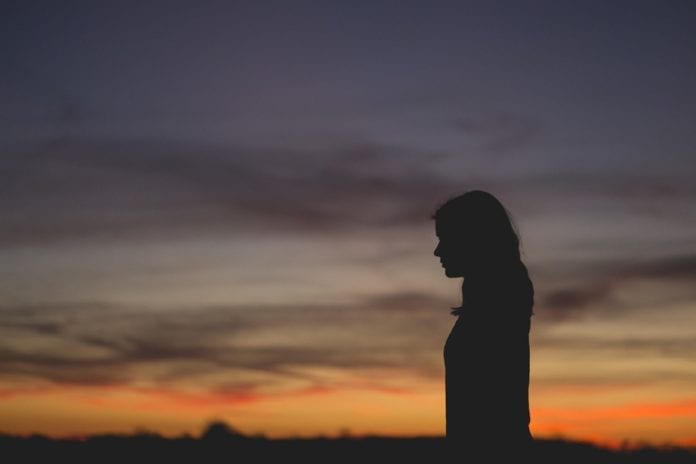An alarming number of children in the care of the provincial government, girls in particular – including a highly disproportionate number of Aboriginal girls – have been the victims of sexualized violence while in care, says a report released today by British Columbia’s Representative for Children and Youth.
The report, shows that between 2011 and 2014, at least 121 children and youth were the victims of sexualized violence while in government care. Of those 121 children and youth, 109 were girls. And of those girls, 74 were Aboriginal.
One-quarter of the incidents were perpetrated by the foster parent and more than one-third were perpetrated by another child or youth in the same placement as the victim.
The actual number during this reporting period is likely far higher, Representative Mary Ellen Turpel-Lafond said, because such incidents are typically under-reported or not reported until well after they occur.
Nearly 20 per cent of the children and youth in the review harmed themselves or attempted suicide, usually within a year of disclosing the sexualized violence.
Turpel-Lafond’s report, Too Many Victims: Sexualized Violence in the Lives of Children and Youth in Care, concludes that B.C.’s foster kids remain at high risk for such abuse. “These are disturbing numbers when you consider that we are talking about young people who in many cases are already traumatized, who can no longer live with their families, and whose protection is the responsibility of the government,” Turpel-Lafond said.
Sixty-one per cent of the children and youth who experienced sexualized violence were Aboriginal girls, despite the fact that Aboriginal girls comprised only about 25 per cent of the total children in care in B.C. during the time frame examined.
Female victims who were age 12 or younger at the time of the incidents were four times more likely to be Aboriginal than non-Aboriginal, while female victims between the ages of 13 and 18 were twice as likely to be Aboriginal.
Yet despite continued prevalence, the review finds that there is still not one specific policy or set of practice standards to guide B.C. social workers in their role as the guardian of children or youth who experience sexualized violence while in care. Therefore, actions taken by social workers in these cases are varied and inconsistent, leaving children and youth potentially at risk for further abuse and longlasting harm.
“Sexualized violence is experienced far too often by children and youth in care and we’ve known this for some time,” Turpel-Lafond said. “The question is: What are we going to do about that?”
Minister of Children and Family Development Stephanie Cadieux, responded by saying the ministry will be implementing a number of measures to strengthen the system of care including:
- revised standards for social workers who assess, train, support and monitor foster parents;
- an expanded audit program to include the work of these social workers;
- revised protocols for responding to allegations of harm or poor quality of care for children in homes.
Cadiuex stated that the ministry already has rigorous standards in place for assessing caregivers. Those standards require, for example, criminal record checks for all adults residing in the home, home studies and caregiver training.
“We know that many of the young people who come into our care have suffered from varying forms of abuse in their lives – and too often at the hands of those they’ve loved or trusted. We need to ensure we are doing all we can to make our system of care a safe haven for these children and youth,” Cadieux said.
“This report offers some interesting recommendations in support of that goal,” according to Cadieux these recommendations will be discussed with partner ministries and agencies in the coming weeks.


